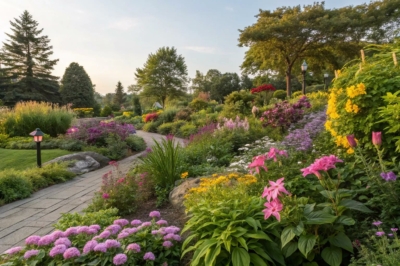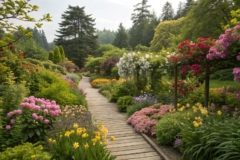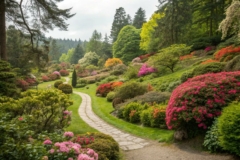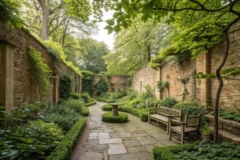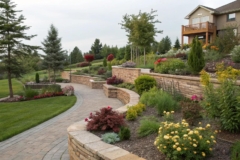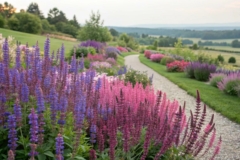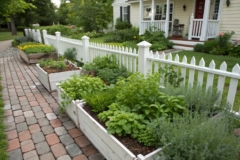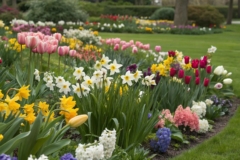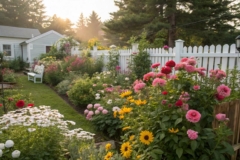1. Emphasize Seasonal Blooms

Plan for a succession of blooms to keep your garden colorful year-round. My garden has bursts of color in every season, keeping it lively and engaging.
Some handy options:
- Perennial Flower Seed Mix: Ensure year-round garden color with a mix of beautiful, seasonal flowers. Perfect for vibrant blooms.
- Garden Plant Markers: Keep track of your seasonal blooms with these durable, weather-resistant plant markers.
- Monthly Bloom Fertilizer: Promote continuous blooming with a fertilizer designed for each month’s specific flower needs.
2. Neat Row Planting
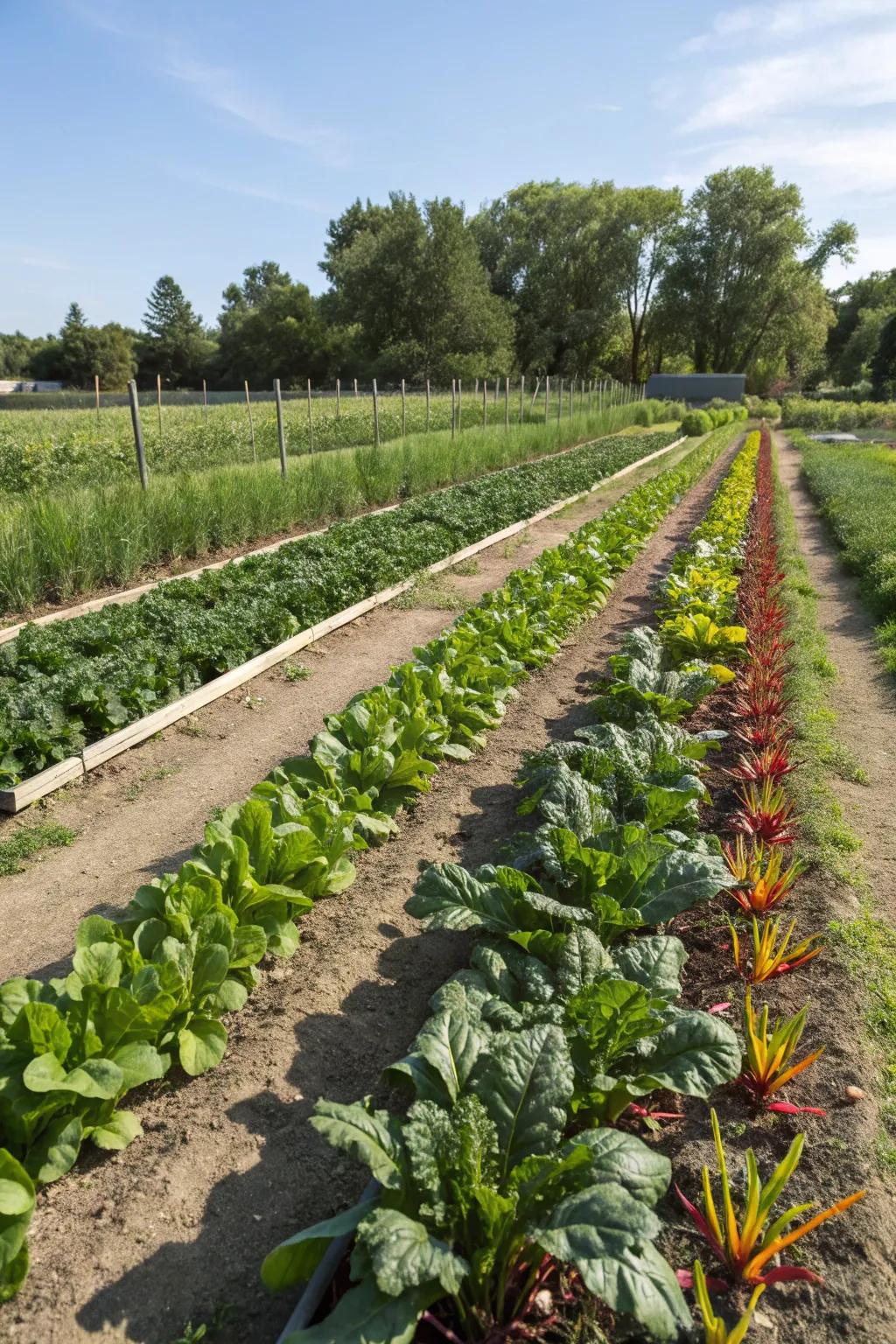
Planting in rows can make your garden easier to manage and harvest. I love how simple it is to keep track of my veggies this way!
Consider these options:
- Garden Row Markers: Keep your vegetable garden organized with easy-to-use row markers. Simplify your planting today!
- Adjustable Garden Hose: Effortlessly water your neat rows with an adjustable garden hose. Make your watering efficient!
- Ergonomic Garden Tools Set: Tend to your neat rows with ergonomic gardening tools. Enhance your gardening experience!
3. Create a Sensory Oasis
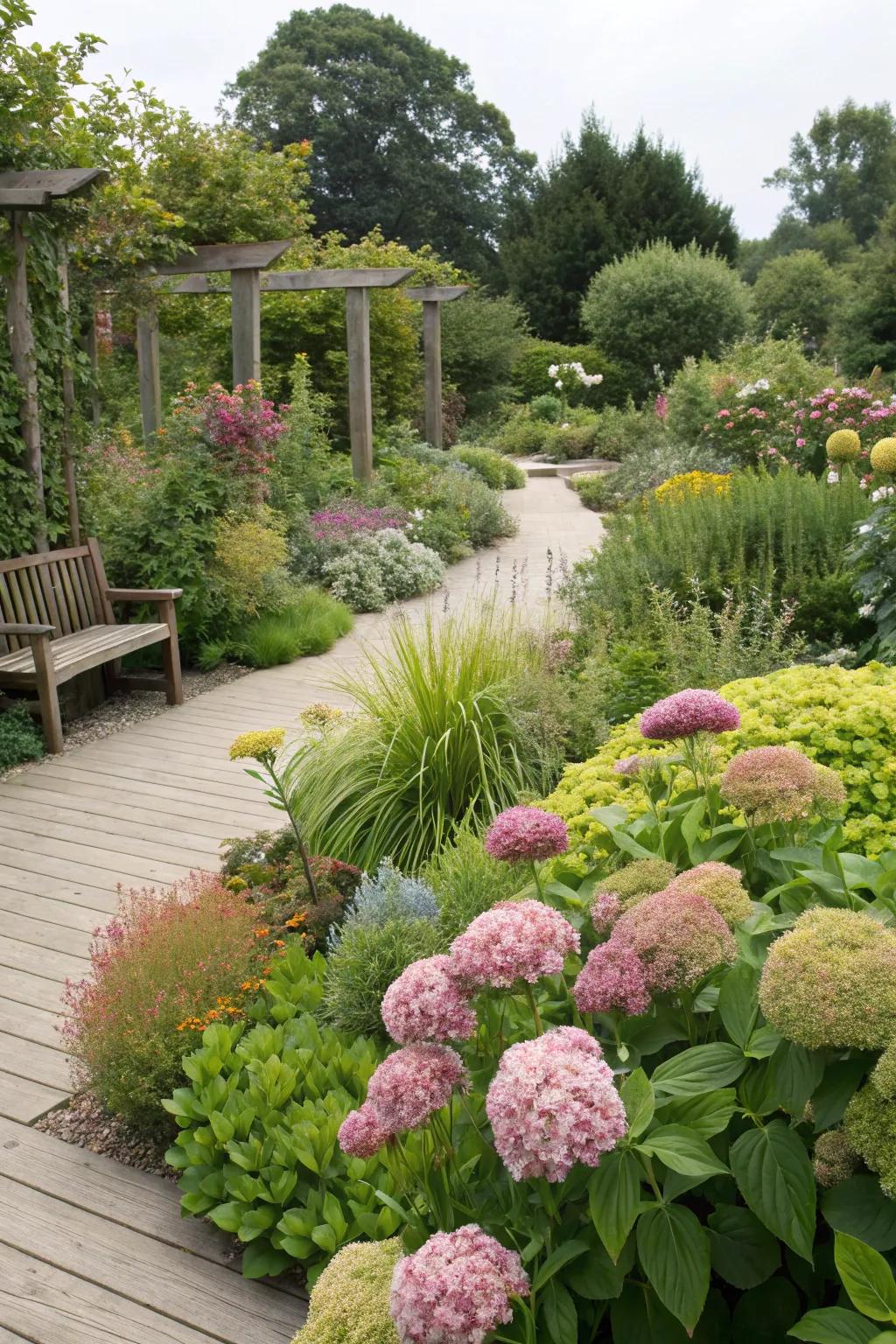
Include plants with different textures, scents, and colors for a full sensory experience. Walking through my lavender and mint patch is truly refreshing.
You might give these a try:
- Lavender Seeds: Plant lavender seeds to enjoy soothing fragrances and create calming garden paths.
- Mint Herb Plants: Enhance your garden with fresh mint plants for a refreshing sensory experience.
- Colorful Perennial Flower Mix: Add bursts of color with a mix of perennial flowers for all-season beauty.
4. Install a Bean Teepee
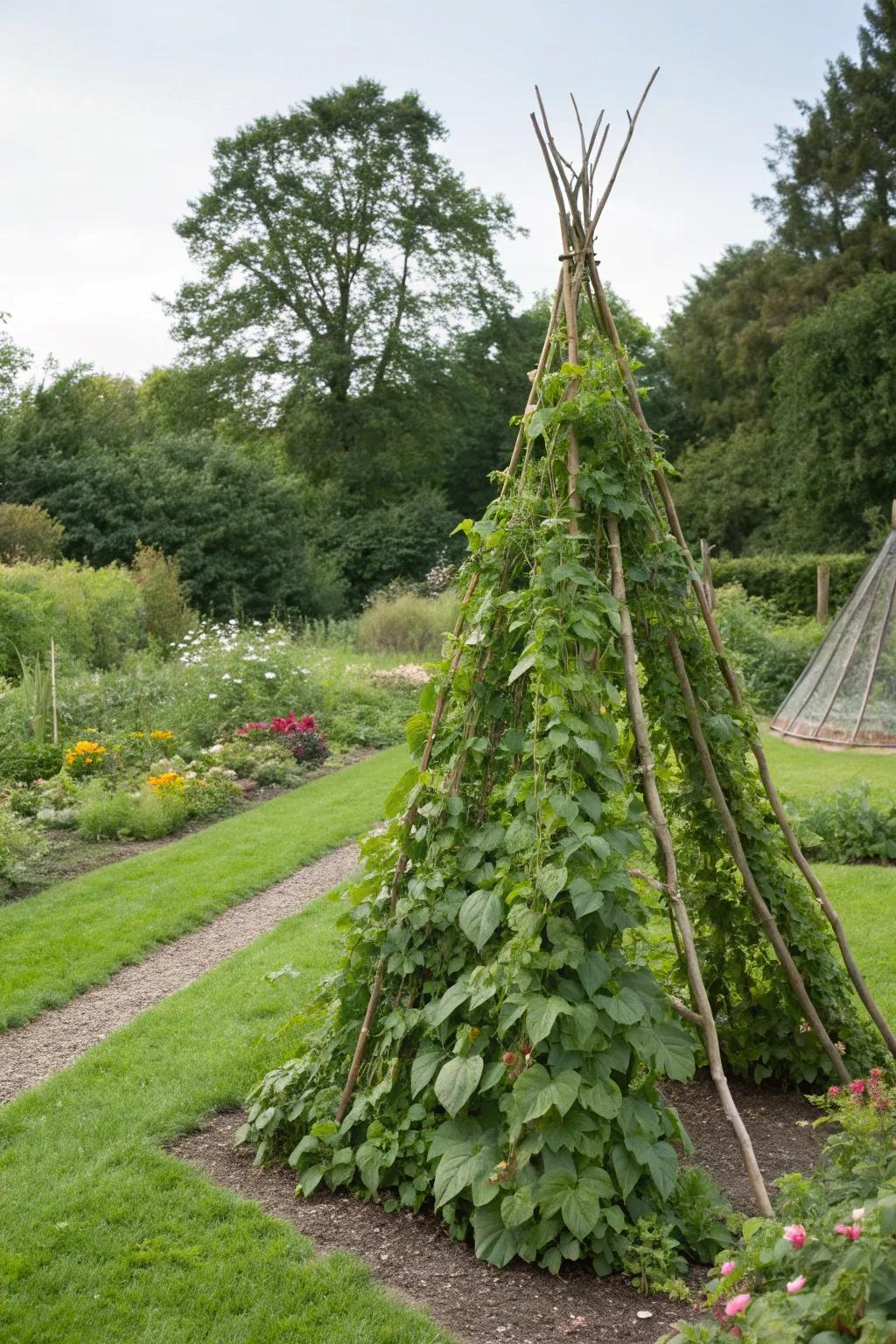
A bean teepee is both functional and whimsical, perfect for kids and adults alike. My nieces love hiding in the leafy forts they create!
Maybe worth checking out:
- Garden Bamboo Stakes: Create a sturdy bean teepee effortlessly with these durable garden bamboo stakes.
- Climbing Bean Seeds: Plant these climbing bean seeds and watch your teepee come to life with greenery.
- Garden Twine: Securely fasten your bean teepee structure using this durable, weather-resistant garden twine.
5. Embrace Natural Landscapes
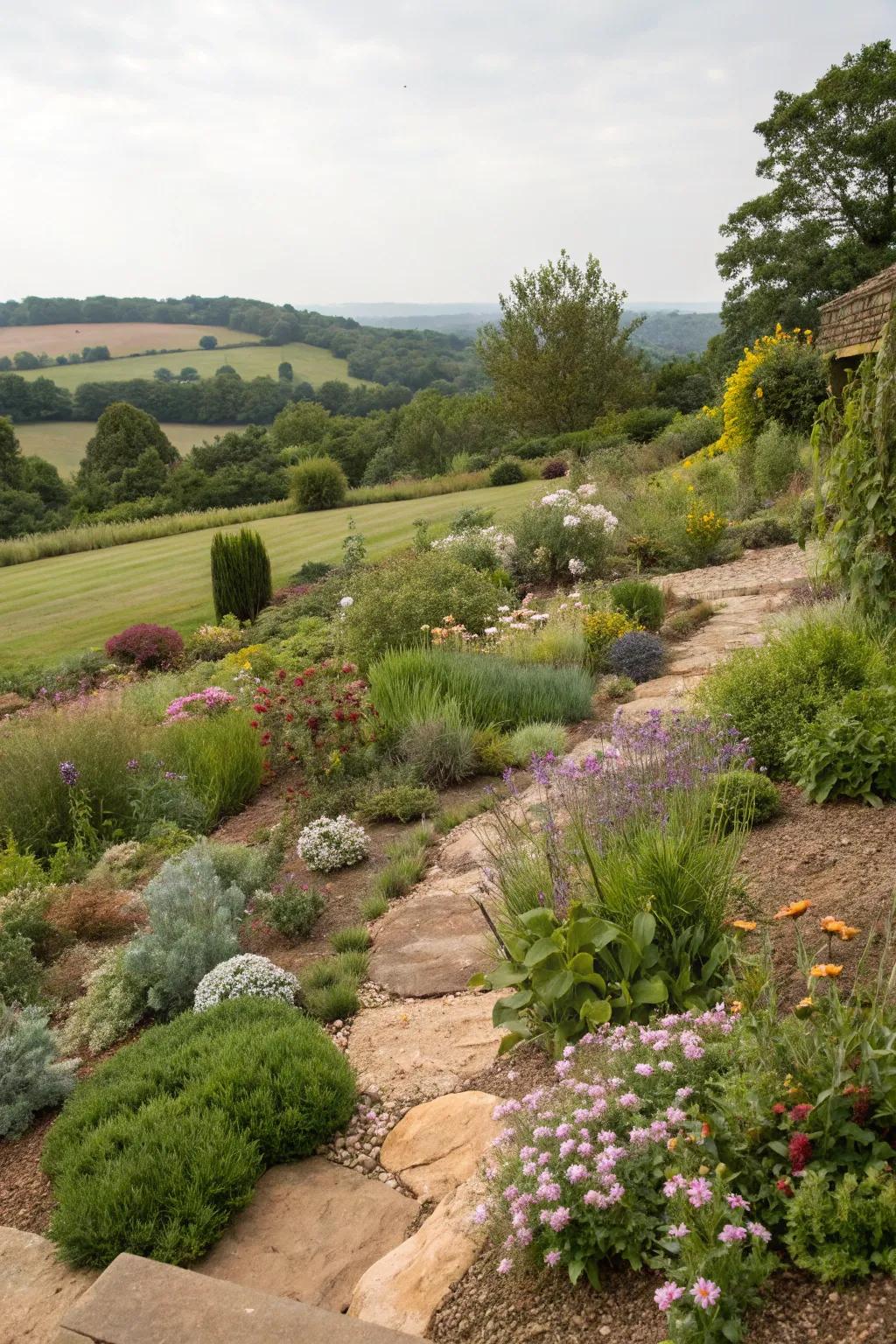
Incorporating your garden into the existing landscape creates harmony with nature. I’ve let my garden blend seamlessly with the surrounding greenery, and it’s a sight to behold.
Useful items to consider:
- Rustic Stone Garden Path Kit: Create charming pathways that blend effortlessly with your natural landscape. Easy to install and maintain.
- Wildflower Seed Mix for Landscaping: Enhance your garden’s beauty with vibrant wildflowers that attract pollinators. Easy to plant and grow.
- Ornamental Grasses Variety Pack: Add texture and movement to your garden with low-maintenance ornamental grasses. Ideal for natural settings.
6. Integrate Edible Landscaping
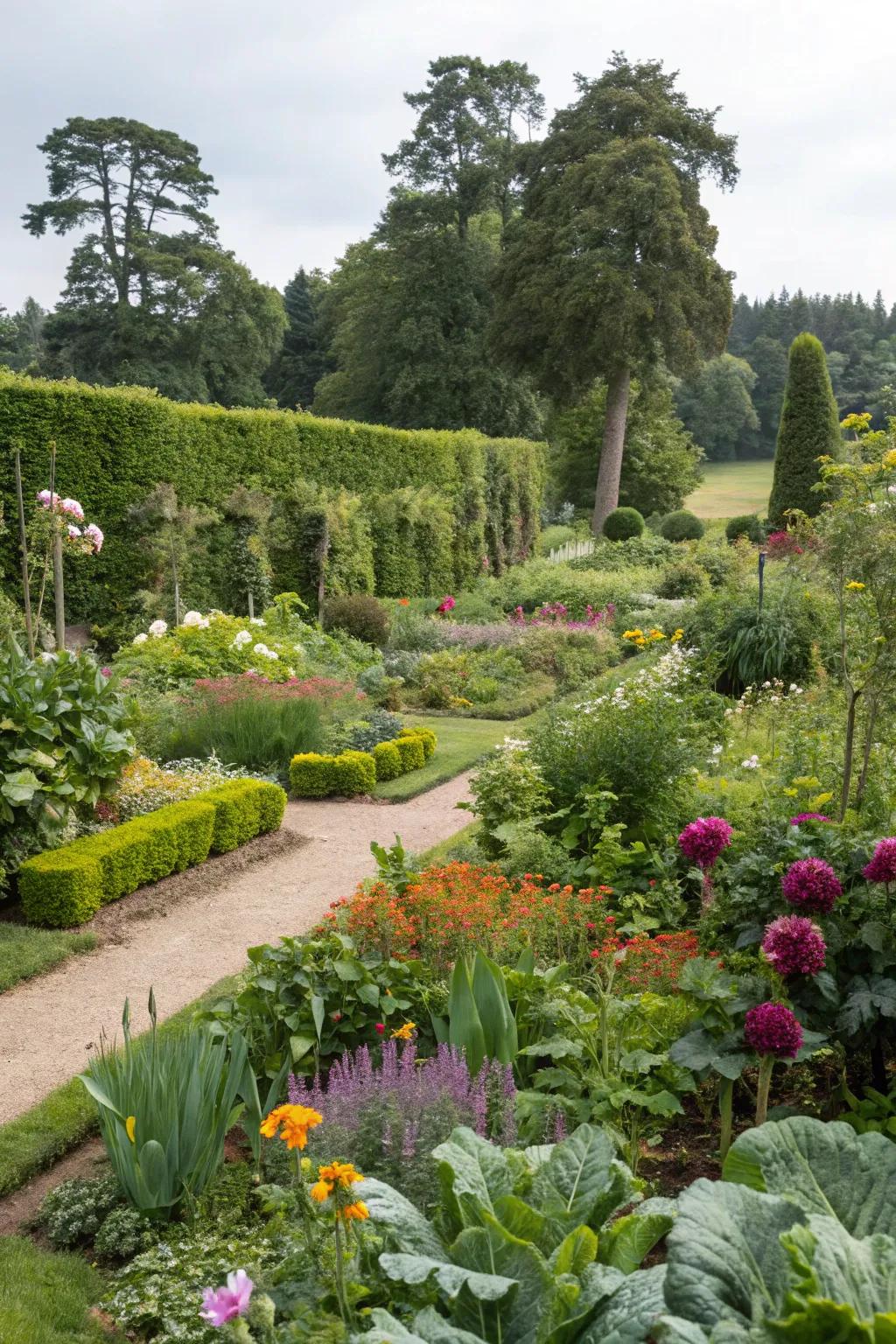
Blend beauty with functionality by incorporating edible plants into your landscape. My garden is a feast for the eyes and the palate!
Some ideas to consider:
- Herb Garden Starter Kit: Begin your edible garden journey with this herb kit for fresh flavors all year round.
- Fruit Tree Planting Guide: Learn how to plant and maintain fruit trees for a fruitful garden landscape experience.
- Vegetable Garden Planter Boxes: Elevate your gardening with these quality planter boxes, perfect for growing vegetables effortlessly.
7. Add Trellises for Vertical Growth
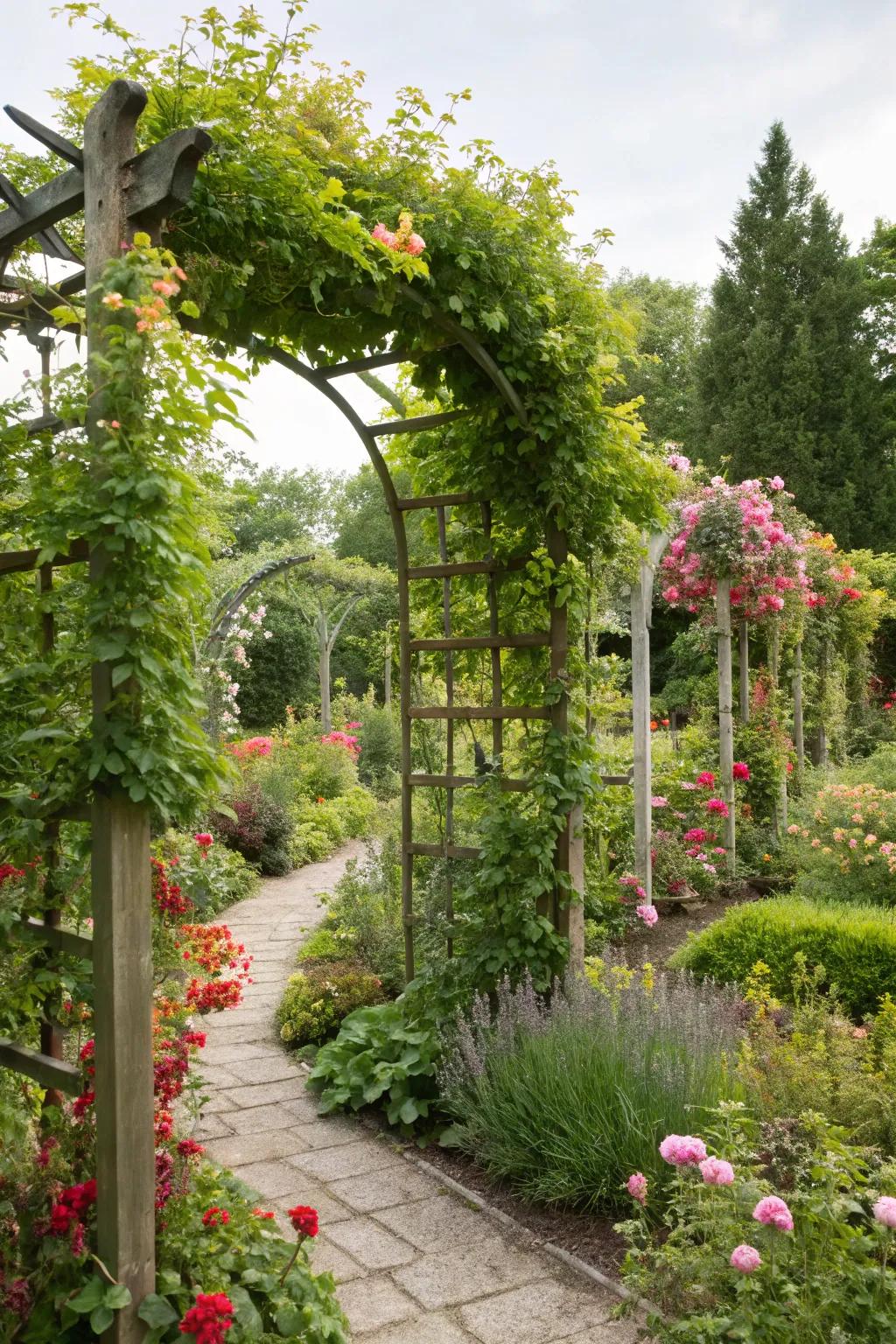
Vertical structures like trellises are perfect for climbing plants, adding height and dimension to your garden. I’ve had great success with peas and beans reaching for the sky!
Explore these options:
- Wooden Garden Trellis Arch: Elevate your garden with a classic wooden trellis arch, perfect for climbing plants and vines.
- Climbing Plant Support Trellis: Maximize your garden space by using a sturdy trellis designed for climbing plants like peas.
- Metal Vertical Garden Trellis: Enhance your garden’s vertical growth with a durable metal trellis for beans and flowers.
8. Incorporate Water Features
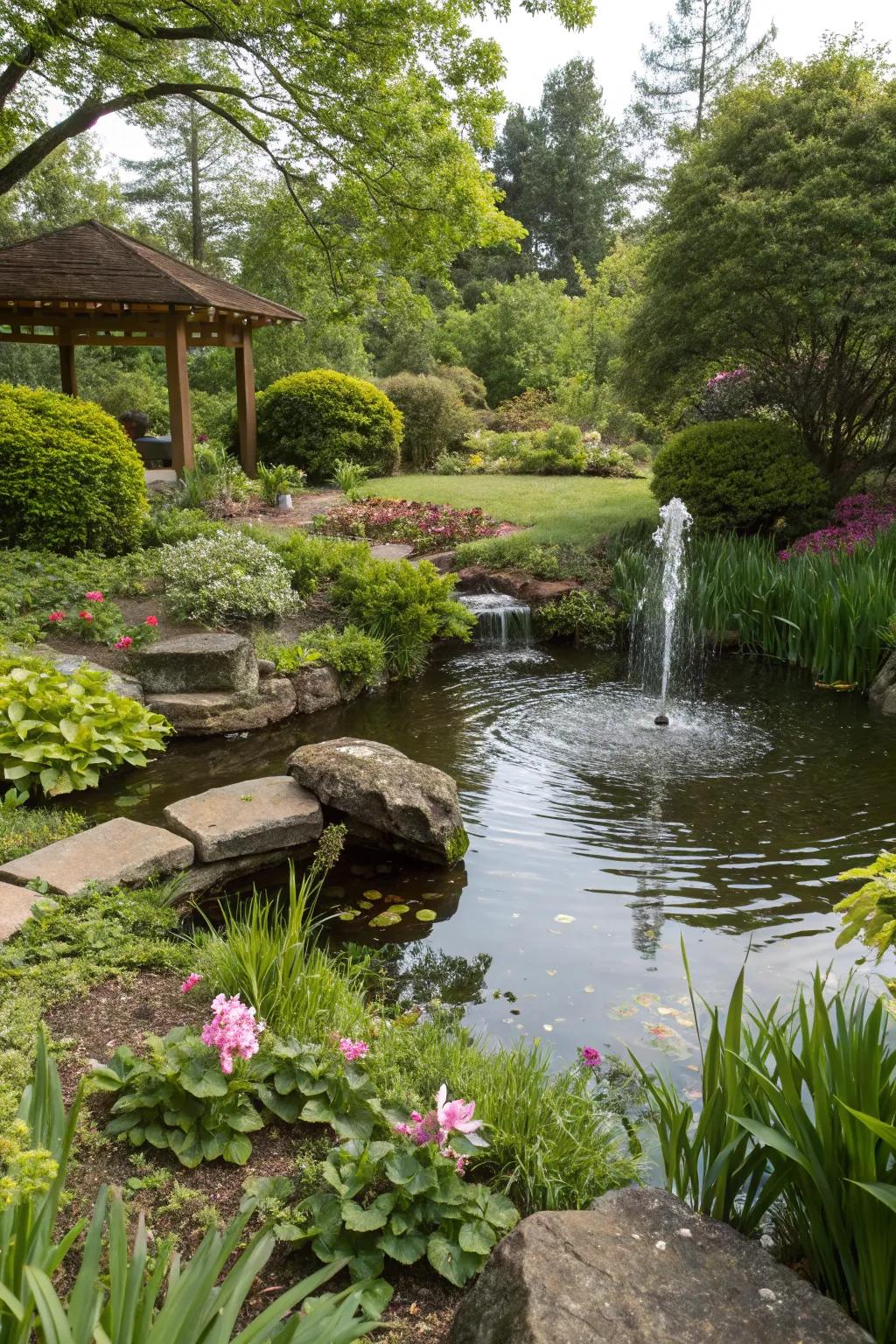
Adding a small pond or fountain can enhance the tranquility of your garden. The gentle sound of water adds a calming element to my space.
Check if these fit your needs:
- Outdoor Garden Fountain: Transform your garden with a fountain and enjoy the serene sound of flowing water daily.
- Small Garden Pond Kit: Create a tranquil pond atmosphere and attract wildlife to your garden with ease.
- Solar Water Pump for Fountains: Boost your garden’s eco-friendly vibe by installing a solar-powered water pump today.
9. Create Inviting Paths and Walkways
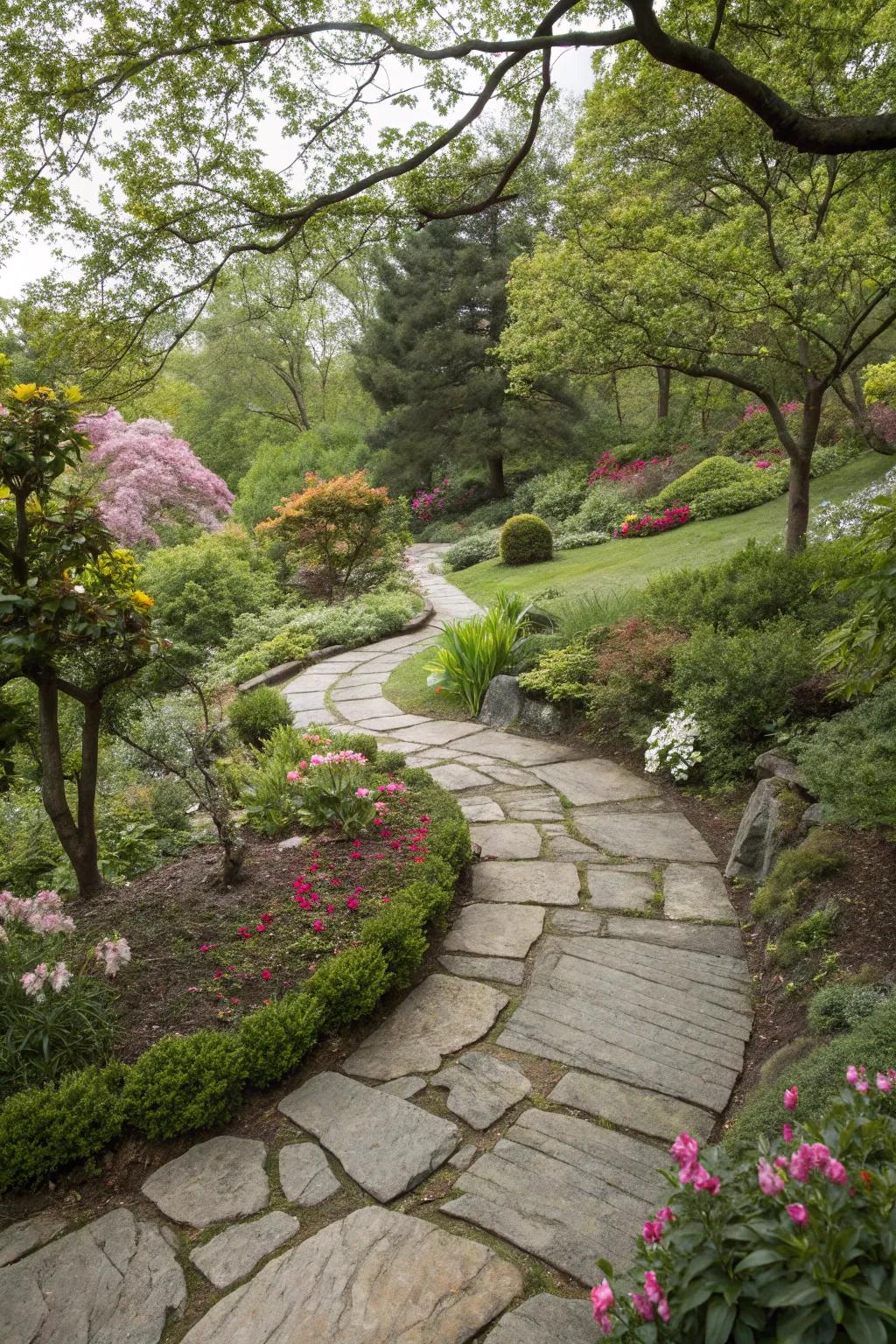
Paths not only make your garden more accessible but also add charm and structure. I adore wandering through my garden on these cozy paths.
A few things you might like:
- Garden Stepping Stones: Add charm to your garden paths with these rustic, weather-resistant stepping stones.
- Solar Pathway Lights: Illuminate your garden walkways beautifully with these easy-to-install solar lights.
- Garden Edging Border: Define your garden paths neatly with durable, decorative edging borders.
